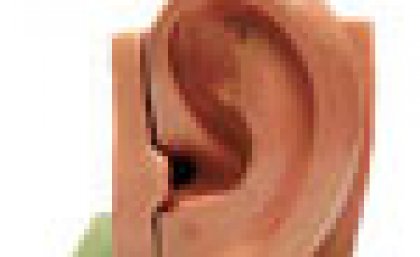
Hours of analysing snoring sounds have paid off for a group of researchers from The University of Queensland and Brisbane's Princess Alexandra Hospital.
Led by Dr Udantha Abeyratne from the School of Information Technology and Electrical Engineering, the team has developed a non-invasive way of diagnosing Obstructive Sleep Apnea.
Caused by the collapse of the upper air passage during sleep, OSA is Australia's most common sleep disorder, affecting approximately 800,000 people.
Common symptoms include snoring, waking suddenly and daytime sleepiness and, if left untreated, it can lead to stroke, diabetes and cardiovascular disease.
“OSA has snoring as the earliest symptom; almost all patients snore,” Dr Abeyratne said.
“We have developed several techniques to diagnose OSA using snoring sounds alone.
“Sounds are acquired through non-contact recording devices, and features are extracted.
“At present we are capable of screening OSA with greater than 90 percent sensitivity and specificity.
“These results are unmatched in the world in terms of the non-invasiveness and performance, and unequivocally illustrate the viability of a snore-based, non-contact OSA screening device.”
OSA is currently diagnosed using Polysomnography (PSG), which requires a full-night laboratory stay in a specifically equipped sleep suite, connected to more than 15 channels of measurements.
Dr Craig Hukins, director of the Sleep Laboratory at the Princess Alexandra Hospital, is a co-investigator on the project.
“PSG is inconvenient, expensive and is not suitable for mass screening of the population, especially children,” he said.
“The limited facilities around the world have created long waiting lists.
“There is an enormous clinical need for a simplified diagnostic instrument capable of convenient and reliable screening of OSA in a home setting.”
The home screening method designed by Dr Abeyratne's team is likely to be available within the next two to five years.
Funded by an Australian Research Council Discovery Grant, the project was conducted in collaboration with the Princess Alexandra Hospital and the University of Tokushima, Japan.
In the future the team hopes to develop a method of monitoring the treatment of OSA.
“The standard treatment for OSA is home-based Continuous Positive Airway Pressure therapy,” Dr Hukins said.
Continuous Positive Airway Pressure therapy keeps the upper airways open by applying air pressure through a nasal mask.
The external pressure prevents the upper airway from collapsing.
“However, no effective technique exists to measure the efficacy of the treatment in home-use," Dr Hukins said.
To solve this problem, Dr Abeyratne and his team have proposed developing technology centred on breathing sound analysis.
“The outcomes have the potential to revolutionise the diagnosis and treatment of sleep apnea,” he said.
Media: Dr Abeyratne (07 3346 9063, udantha@itee.uq.edu.au) or Penny Robinson at UQ Communications (07 3365 9723, penny.robinson@uq.edu.au)




